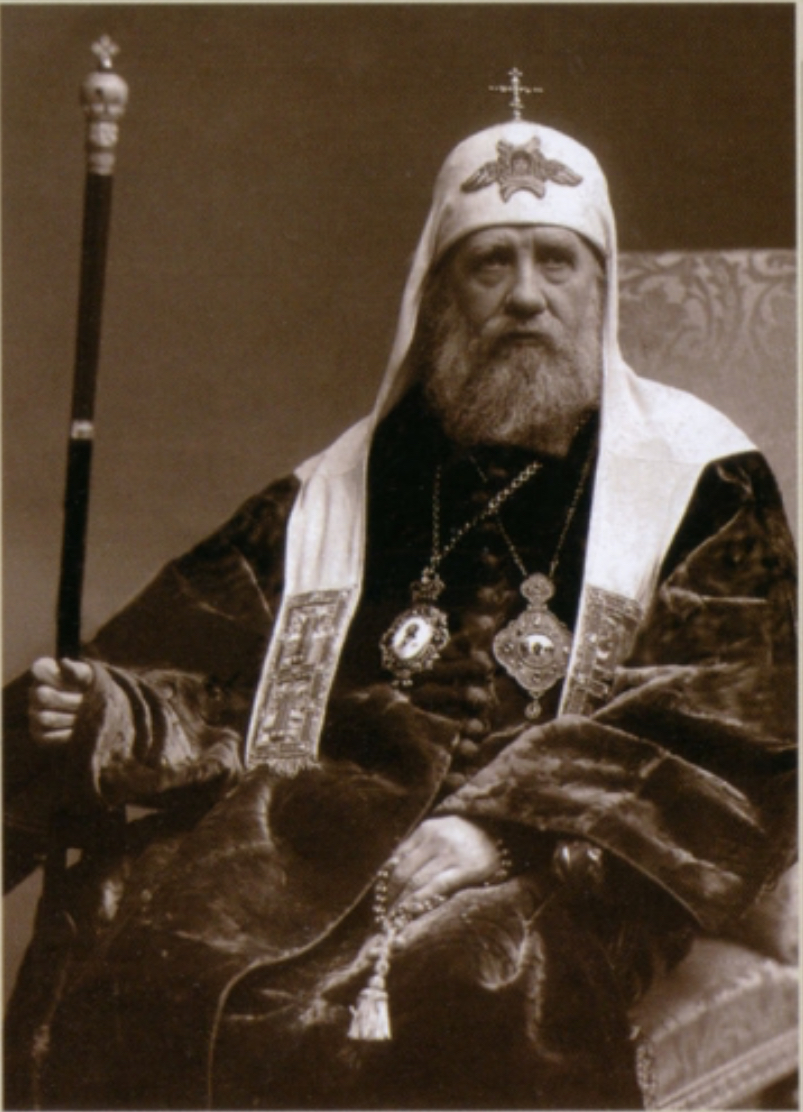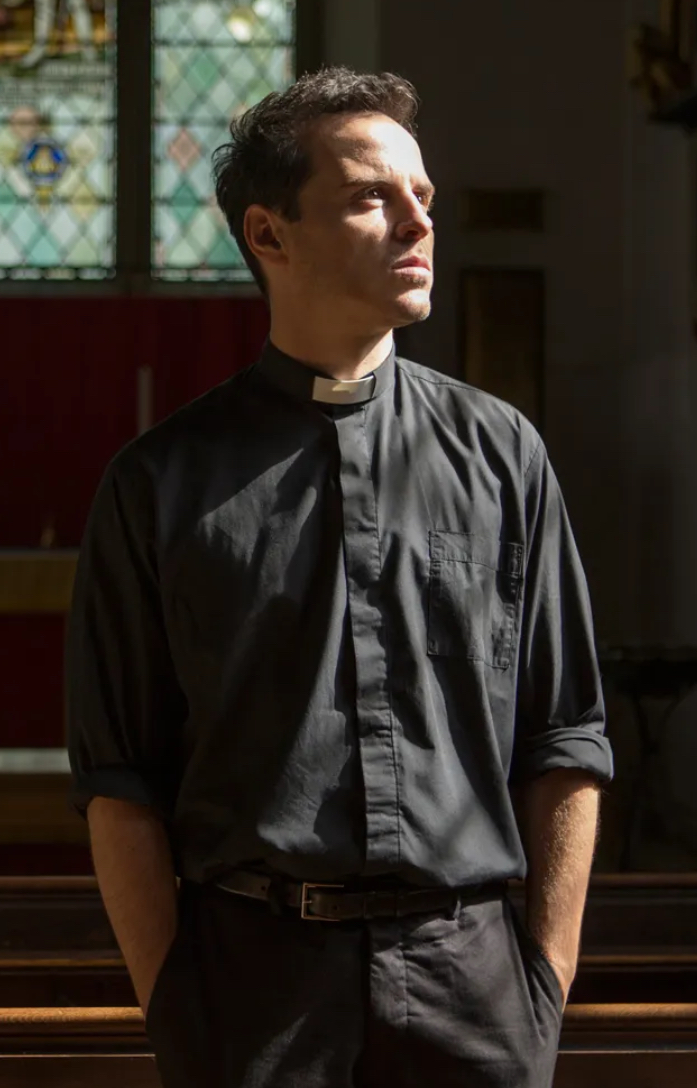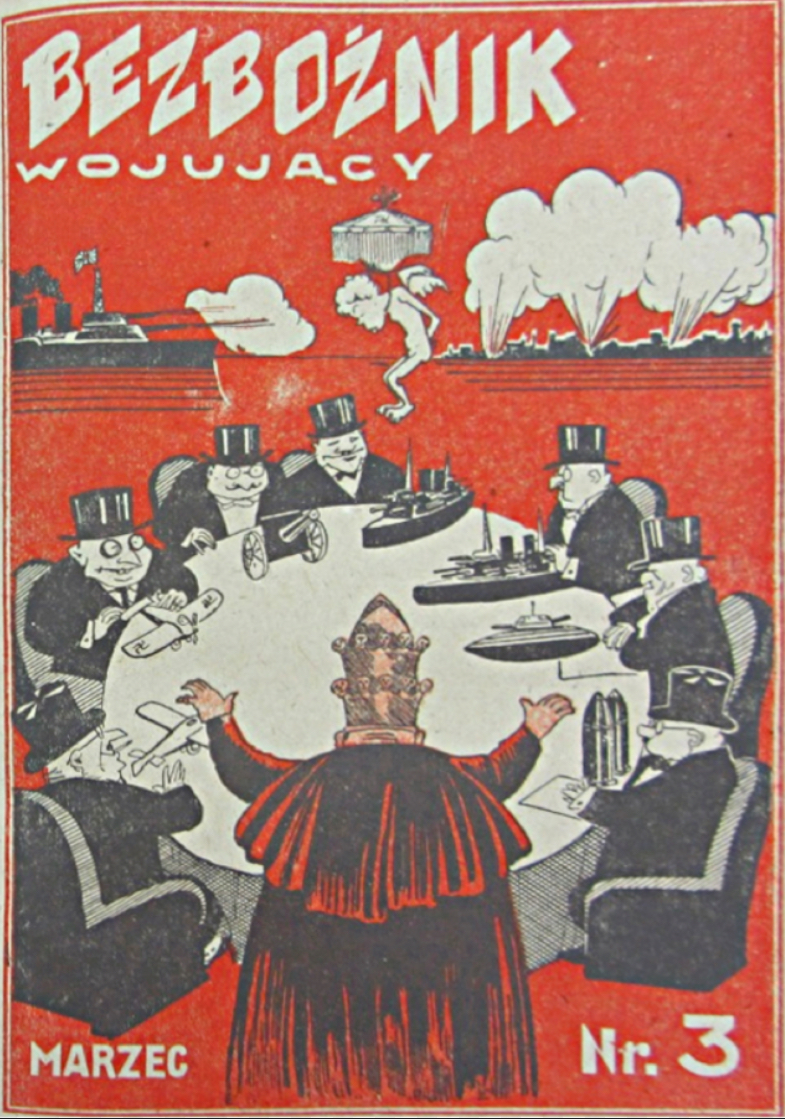Attacks on religious beliefs and practices
1/20
Earn XP
Description and Tags
Name | Mastery | Learn | Test | Matching | Spaced |
|---|
No study sessions yet.
21 Terms
Lenin
What did the Decree on Freedom of Conscience do in 1918? What consequences did this have?
It separated the Orthodox Church from the state which meant it lost its privileged status.
The Church lost its land without compensation, its publications were outlawed and all religious education outside the home was banned.
Lenin
How did Karl Marx view religion? How did the Bolsheviks view it?
Karl Marx saw religion as the ‘opium of the masses’ as he believed that religion was used by the ruling class as a tool to keep the population under control.
The Bolsheviks saw it as a threat to socialist ideology as it provided an alternative ideology to that of Marxism.
Lenin
What happened to Churches?
A large number were destroyed or converted for other purposes. The government closed all monasteries.

Lenin
What happened to the head of the Orthodox Church?
By the end of 1918, Patriarch Tikhon was under arrest.
Lenin
How was the church affected by the famine during the civil war?
Attacks on the Church increased and valuable objects were seized to help pay for food supplies.

Lenin
How were priests targeted?
Priests were deprived of the vote, denied rations during the civil war, and suffered as victims of the Red Terror of 1921-22.
Lenin
What was the death toll of priests and bishops by 1923?
28 bishops and more than 1000 priests had been killed.

Lenin
What group was established by the Bolsheviks in 1929 and why?
The League of the Militant Godless as part of a propaganda campaign against religion. It launched events to disprove the existence of God which included taking peasants for plane rides to show them heaven did not exist in the sky.
Lenin
There was a campaign to replace baptisms with what?
‘Octoberings’
Lenin
What new names were encouraged?
Revolyutsiya and Ninel (Lenin spelt backwards)
Lenin
How many churches were left by the end of 1930?
4/5 of all village churches were either no longer operating or had been destroyed.
Lenin
What was the overall impact of Bolshevik actions on the Orthodox Church?
They had restricted the Orthodox Church but they failed to stamp out its influence. Surveys of the peasantry in the mid 1920s revealed that 55% were still active Christian’s.
Stalin
How did Stalin repress the Church? (2 POINTS)
During collectivisation more churches were closed and village priests were labelled as ‘kulaks’ and deported
The Great Purge of 1936-39 meant that by 1939 only 12/163 bishops were still at liberty
Stalin
How did religious policy change after the German invasion of the USSR in 1941?
The Church supported the war effort so Stalin took a more liberal approach to the Church.
The patriarchate was re-established, some churches reopened and new seminaries were set up to train priests
Khrushchev
What was Khrushchev’s perspective of religion?
He was feverently anti-religious and pursued a programme of active repression.
Khrushchev
What religious campaign did Khrushchev launch? What did the campaign involve?
In 1958-59 Khrushchev launched a harsh anti-religious campaign that continued until his removal from office in 1964.
The role of priests was limited to one of spiritual advice only
Parish councils were placed under the control of Party officials who often took action to dismiss priests on the grounds that they were no longer needed
Khrushchev
What were the results of Khrushchev’s anti-religious campaign?
Within 4 years 10,000 of the existing churches were closed and surviving priest’s were often harassed by the secret police.
Baptists and Jews suffered from restrictions on their right to congregate and worship.
Brezhnev
What stance did Brezhnev take on religion?
He realised that stories of religious persecution did not go down well in the west and had a damaging impact on the USSR’s attempts to conduct foreign policy so he was happy to allow the Church to act within it’s limits.
Brezhnev
What were the policies made against the Church?
The council of Religious Affairs monitored religious services
Clergy was classified according to loyalty to socialism
The Orthodox Church was expected to stick to formal church services and support Soviet policies
Brezhnev
Give an example of a group of people who were against the state’s treatment of the Church
How did Brezhnev react to them?
In 1976, a group of Orthodox priests set up the Christian Committee for the Defence of Believers’ Rights to draw attention to human rights abuses.
Brezhnev had the groups leader Father Yakunin sentenced to five years imprisonment for anti Soviet propaganda in 1979.
Brezhnev
How did Brezhnev treat Jews and Baptists?
They were treated with less tolerance and their evangelical activities of preaching to gain converts were restricted. Prayer meetings were broken up and members dismissed from their jobs.